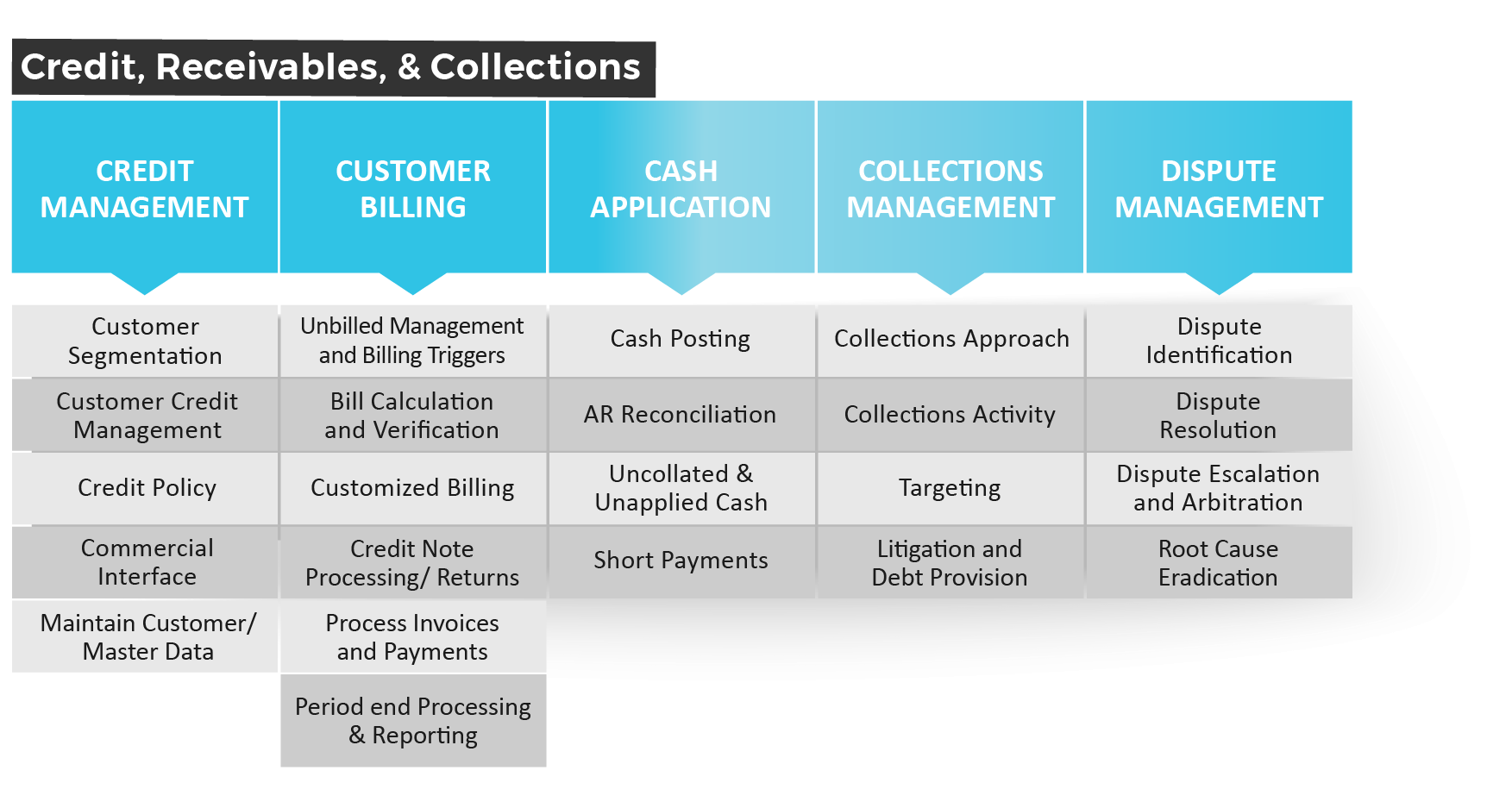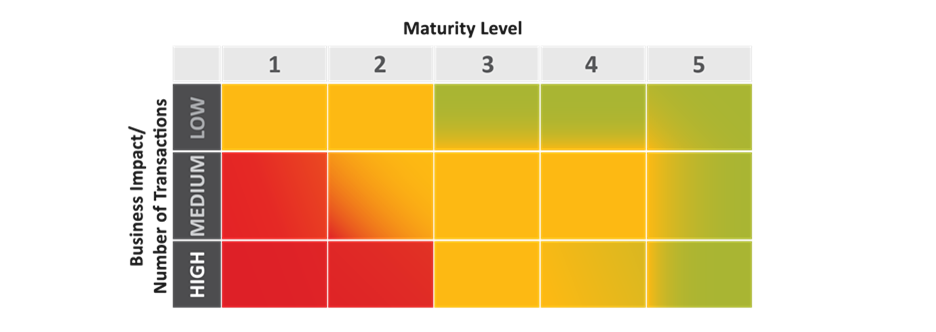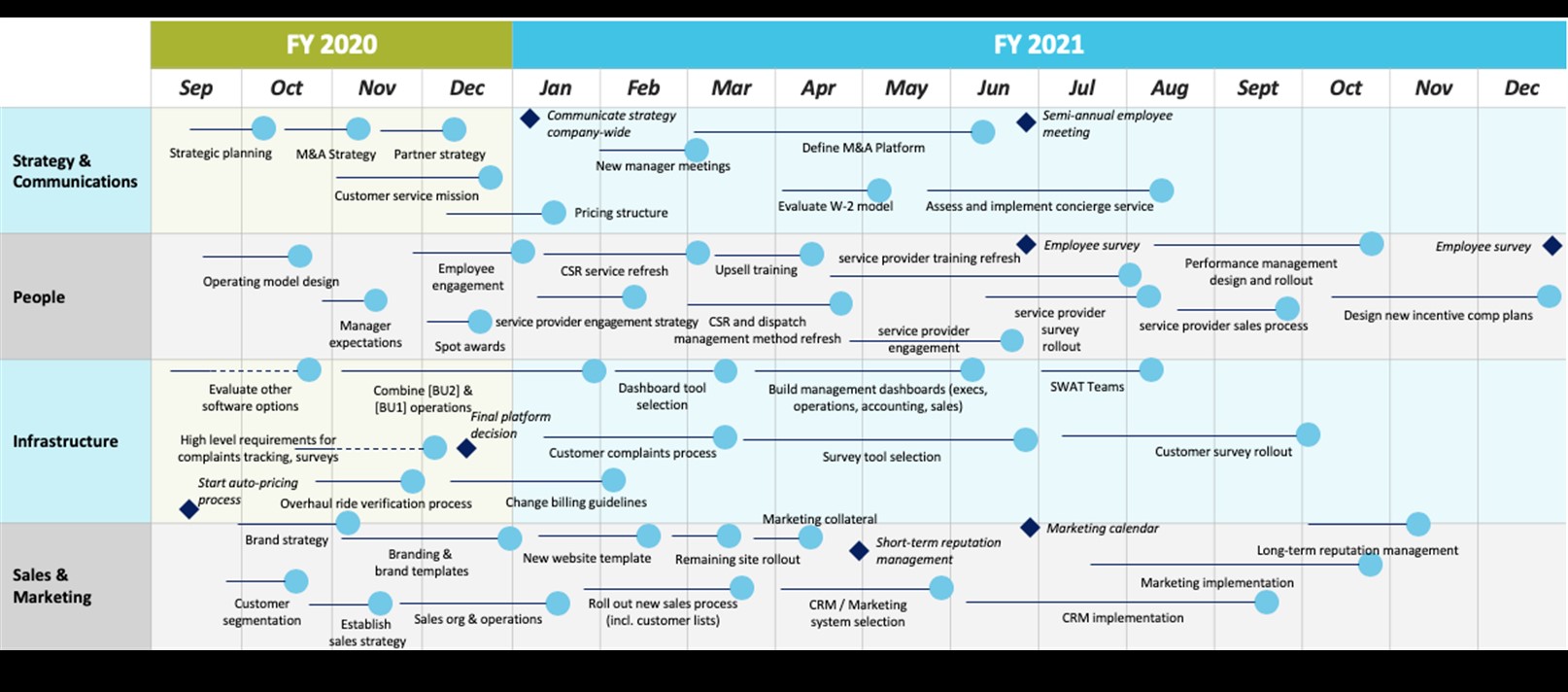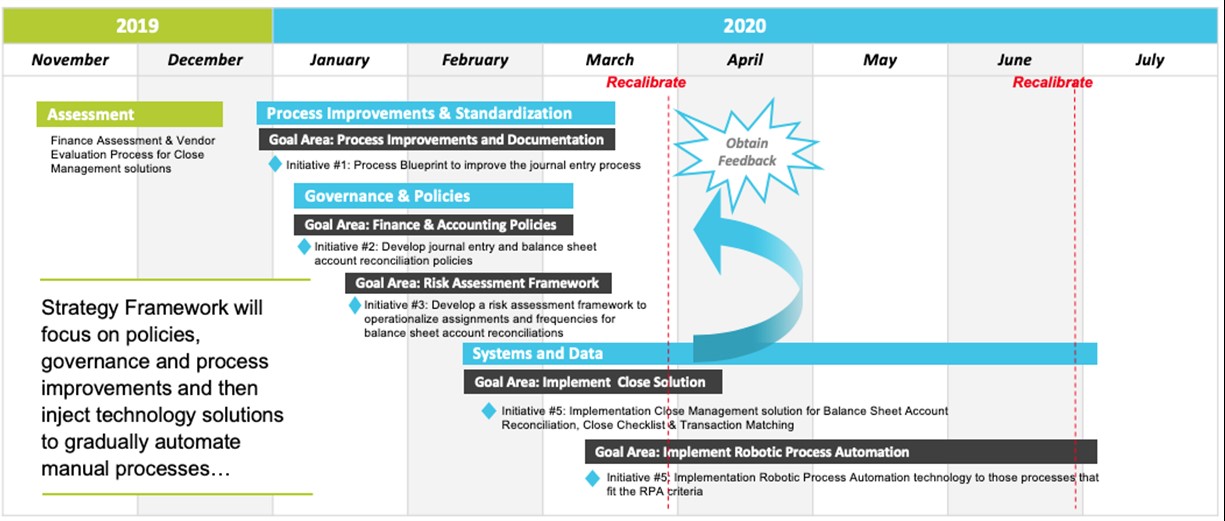Building Operations That Scale
Let’s assume you had the perfect idea for the ideal marketplace. You could sell virtually unlimited quantities of your product (or service) if you could simply get to the end customers and tell them why they can’t live without it. Now you just need to figure out how to make those sales profitable.
Unfortunately, this alone doesn’t make a business sustainable.
To create sustainable and profitable businesses, operations need to scale. The earlier you can begin to scale these operations the more likely it is you will create a reliable profitable business that can be managed. If you’re like most entrepreneurs, you’re worried about things like “process” and “standardization” that you think will slow things down and make your business less flexible.
The good news is that well-defined processes and standards don’t necessarily need to reduce the speed of growth for your business or make you less creative or responsive to customers. In fact, as you scale, they will do just the opposite – reduce the noise in daily operations by allowing the repeatable activities to run smoothly and reliably to enable your people to focus on the creative and service-oriented sides of the business.
“Standardized processes liberate creativity because they free up distracted energy that’s consumed by reinventing approaches every time something is done. Over time, organizations without standardized processes become a mass of confusion, redundancies, and cost overruns.” (https://hbr.org/2016/07/midsize-companies-shouldnt-confuse-growth-with-scaling)
Achieving this in a mid-sized business requires a different type of operational mindset. Citrin Cooperman believes that companies should pursue “enduring scalability” rather than focusing solely on efficiency. To be enduringly scalable means to holistically understand which parts of the business drive value, which parts drive effort, and what it would mean operationally if your business were to double, triple, or even be cut in half. Would you still be profitable? Would you be more profitable (or have a higher multiple) than today? Would it be easier or harder to manage the business?
How to integrate scalability into your decision making
Each business will have different priorities for what it means to be scalable. No company ever achieves perfect scalability in every facet, so it’s crucial to know which elements of your business drive effort, which drive growth or customer retention, and which are most impacted by fluctuations in orders or deliveries.
This means you need to start with a structured understanding of how your business operates, and then assess the benefits and limitations of each of those processes. Below we will present one of theapproaches we use with our clients to help them understand how they should identify, prioritize, and invest in improving their operations – all to achieve enduring scalability.
Step 1: Define your processes
For each of our clients, for most projects, the first two things we ask for or create are the organization chart, a systems architecture diagram, and their business process taxonomy. Many clients have an up-to-date org chart, some have the architecture diagram, but few have the process taxonomy.
To understand how to make processes scalable, you first need to define your processes and scope them.
An example of the credit, receivables, and collections taxonomy is below:

Try to build a taxonomy that covers the entire business. Most of your operations should be fairly standard so having a partner with standard industry taxonomies will accelerate this process. For the parts of your business that are truly unique or have an outsized impact on your customer experience, gather your key people for that area in a conference room and brainstorm how to define those processes on a white board. The collaboration will also begin to build buy-in for making changes to these processes down the line.
Step 2: Define transactional volume and business impact
For each process you are evaluating, define transactional volume. The higher the volume, the more the process should be consistent, error-free, and ideally, automated.
Likewise, score each process with what its impact to the business is. Impact may be in its ability to drive value, how critical it is for supporting processes that drive value, or how much risk failure of the process would present to the business.
For a process to be “scalable,” introducing more iterations of the process should not materially increase the errors the process creates or decrease the speed of the process occurring for any single transaction.
Example:An invoicing process will likely increase on a 1-for-1 basis for many businesses – for every new sale, a new invoice needs to be created and sent to the client. A low-maturity invoicing process would require a person to create a new invoice for each sale, validate the invoice against the order and shipment, convert the invoice to a printable format, and email the invoice to a customer. A somewhat mature process may have the invoice being generated automatically at the time of shipment but manually validated and manually sent to the customer. A highly mature process would automatically create the invoice from the shipment, account for variations in the process like changes to the shipment, partial shipments, variations in shipping costs, etc., and then send to the customer without anyone intervening.
In a business that could double or triple its orders, moving from a low maturity process to a high maturity process would dramatically reduce manual effort, eliminate invoicing errors, and substantially improve the cash cycle. Growing the business would have very little impact on how effective this process performed. Doubling the business with a Level 1 maturity would lead to late invoicing, more invoice errors, and a longer cash cycle with more collectability issues.
How business critical is an invoicing process? In addition to the obvious criticality of collecting cash – the lifeblood of every business – the quality of the process also directly impacts the customer experience at the most heightened stage of the relationship (where economics meet service delivery), and how the speed and effectiveness of the process impacts the cash cycle.
Step 3: Score the maturity of your processes
Process maturity assessments are a great tool to use to prioritize process improvements because they are relatively easy to understand and, if you have the right partner who keeps an up-to-date baseline, it incorporates organizational, process, and technological maturity.
Example:

Understanding the maturity of your key processes will allow you to look across the business and will help you focus on which processes to begin improving first. If your process maturity is scored along a 5-point scale, as ours is, the heat map below will assist in identifying which processes are critical to improve first.
Create the summary
Now you can score all of your processes and determine which to focus on first. The heat map below shows, at a high level, how to decide which processes should be prioritized:

Step 4: Create short sprints and execute
If you are an owner or executive at a middle-market business or if you advise them, then you know that making priorities and creating enough focus to execute effectively is often the hardest part.
In our experience, the key to being successful executing in companies with truly limited resources is to keep projects limited in scope, short in time, and clear in priority.
To start, create a list of the projects that you developed during the process assessment, and prioritize and sequence those that are most important. If some of the projects are foundational and are required for later projects to be successful (e.g. organizational re-structuring often falls into this category), then sequence them earlier on the timeline.The high level roadmap should be between 12-18 months. A good executive view will look something like the following:

We manage the roadmap in two ways: One is a detailed 90 day plan which details the activities that need to take place over the next 90 days, the milestones the team expects to hit, and the results that need to be tracked throughout. The other is a longer-term conceptual roadmap that contains categories of projects and guides the creation of the detailed 90 day plan each month.

Manage the projects in rolling 90 day increments and have a single person responsible for managing the roadmap, getting status and issues reports from the individual project owners, and have the executive sponsor review at least weekly.
Related Insights
All InsightsOur specialists are here to help.
Get in touch with a specialist in your industry today.

